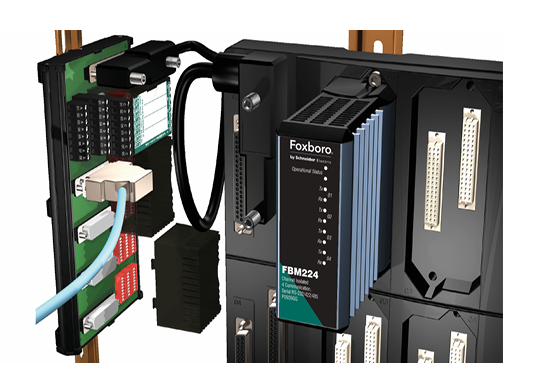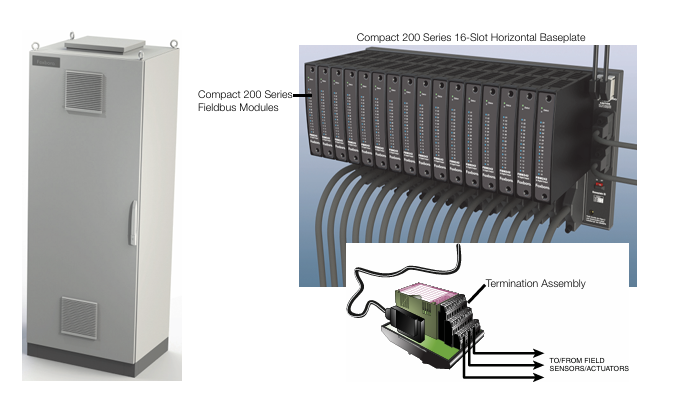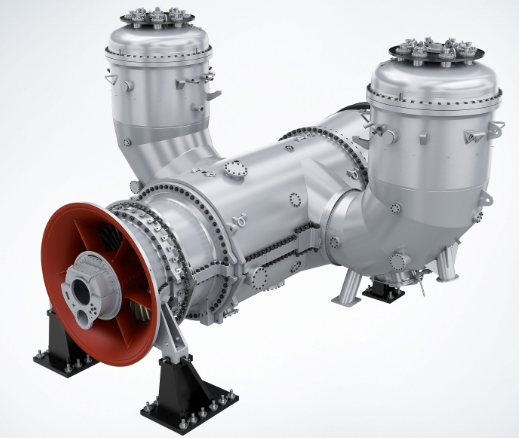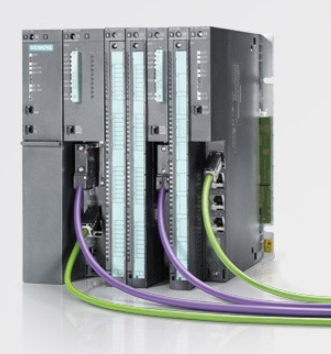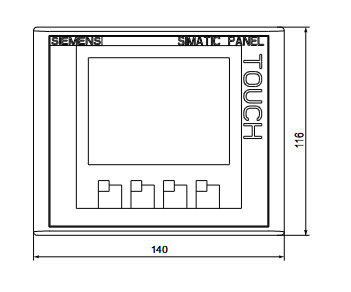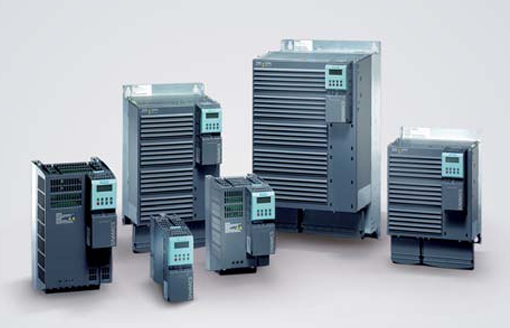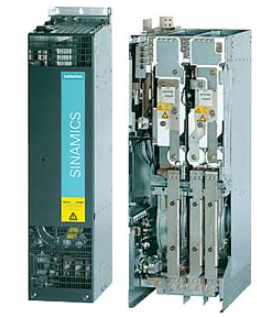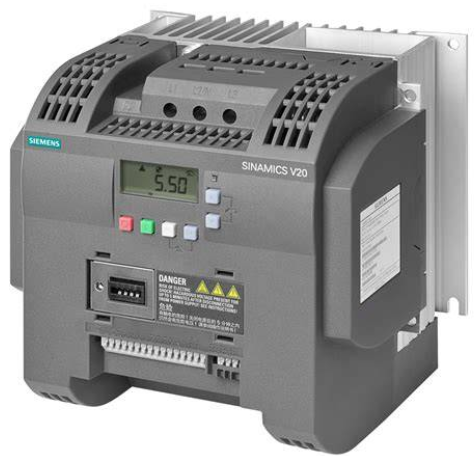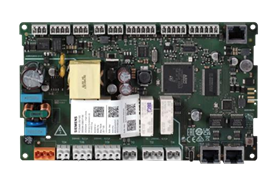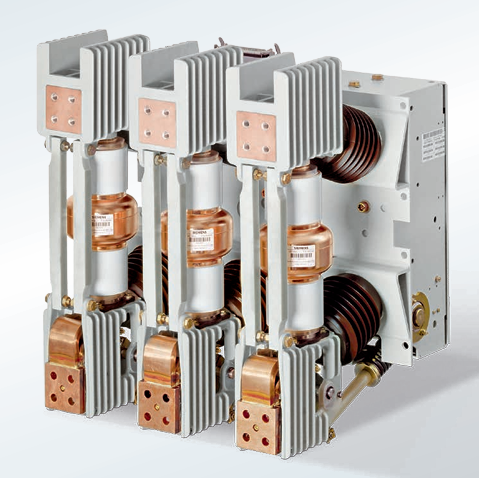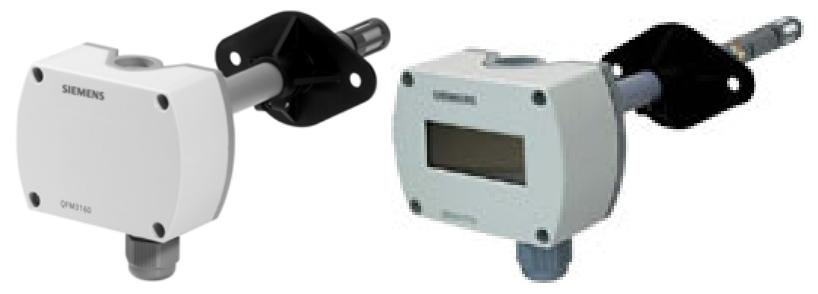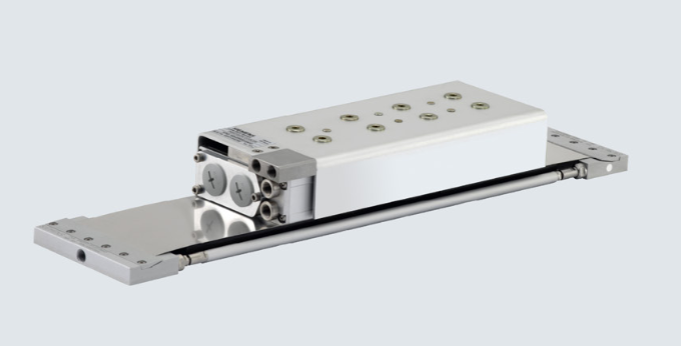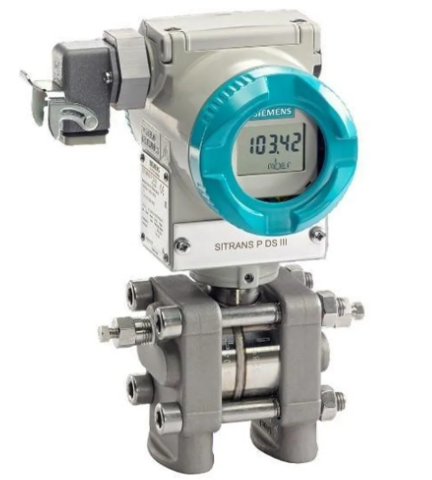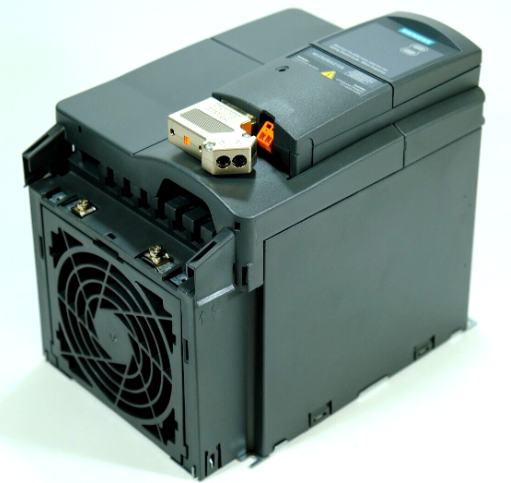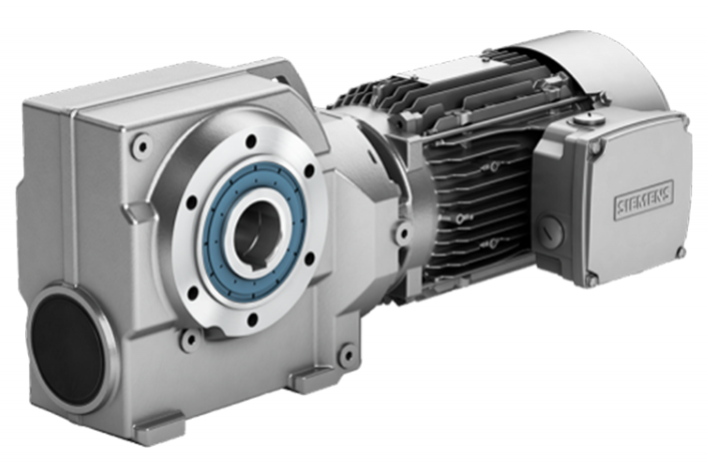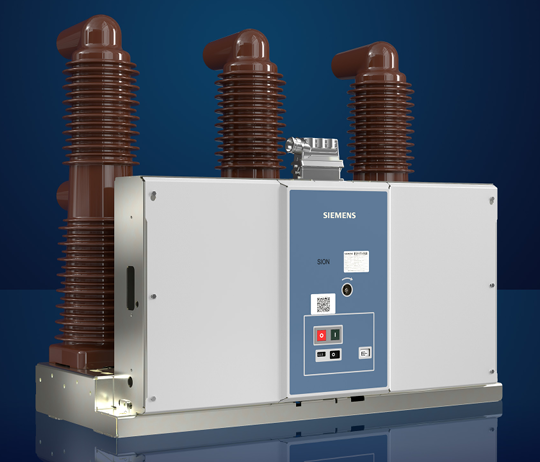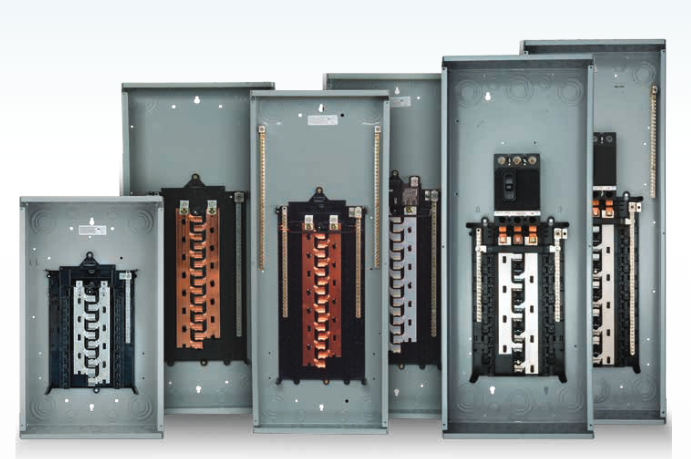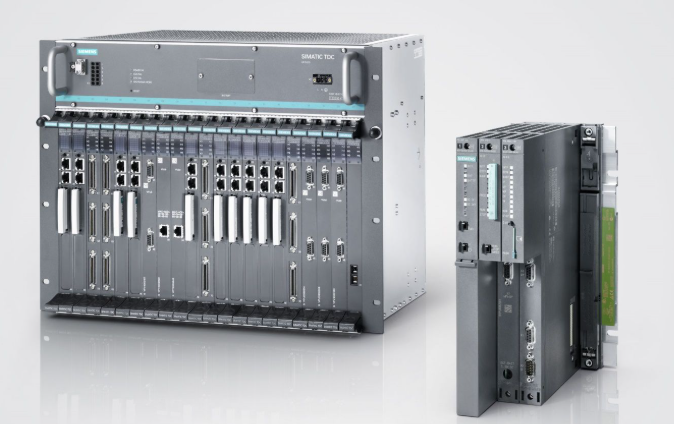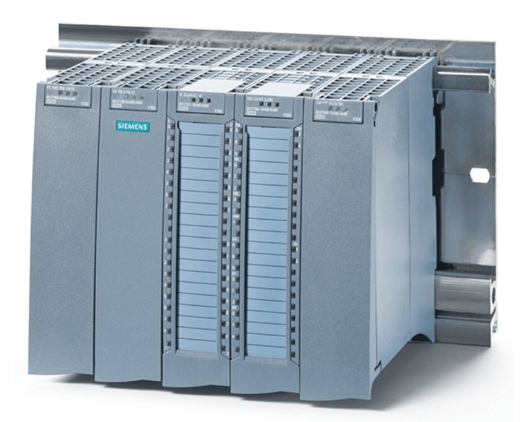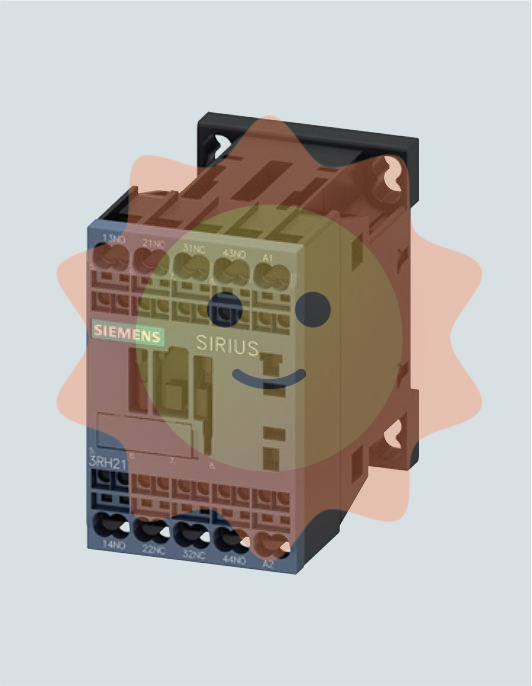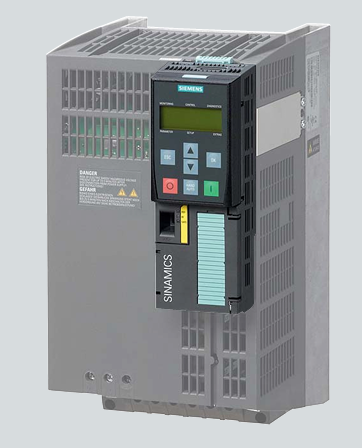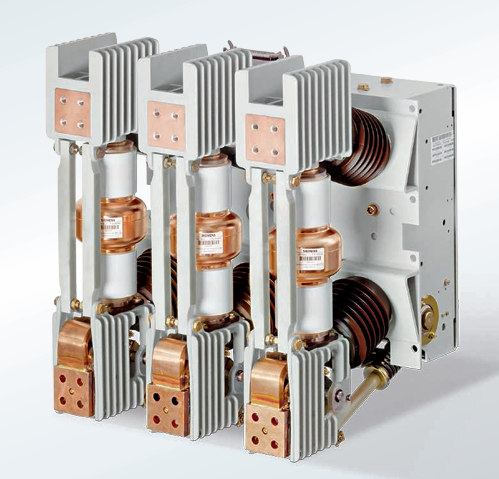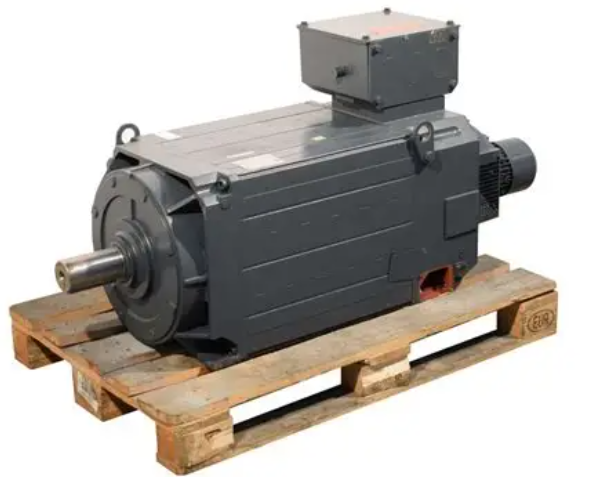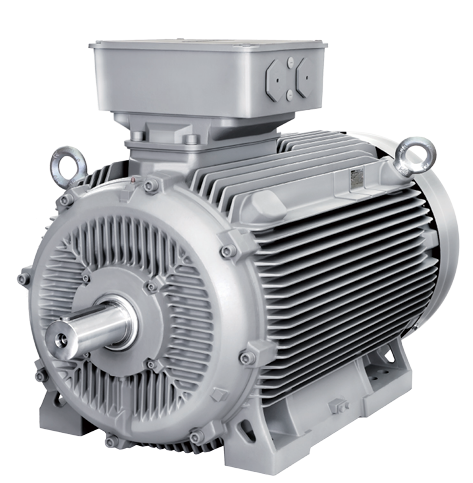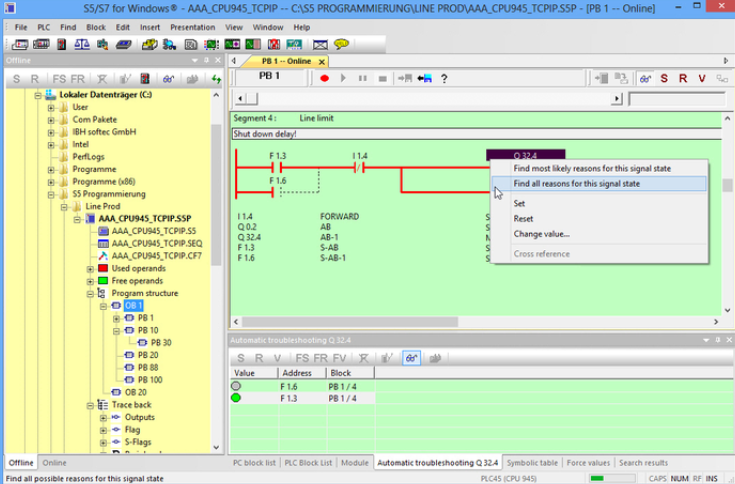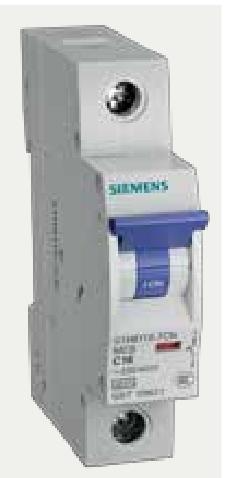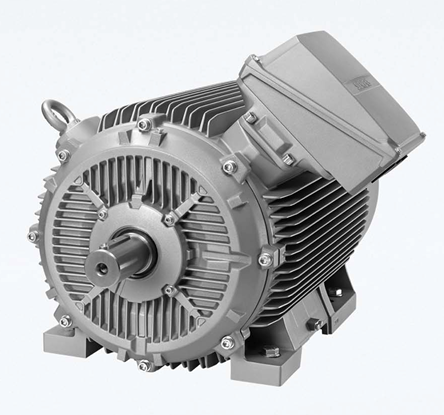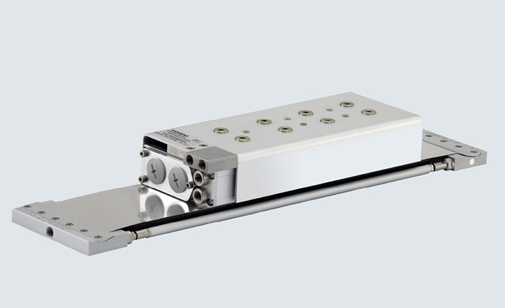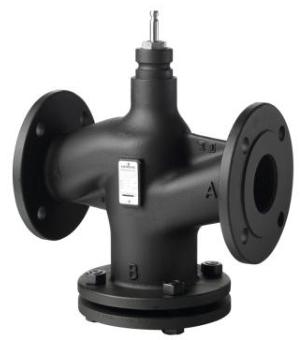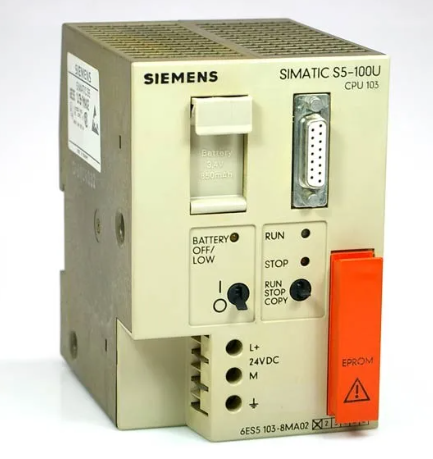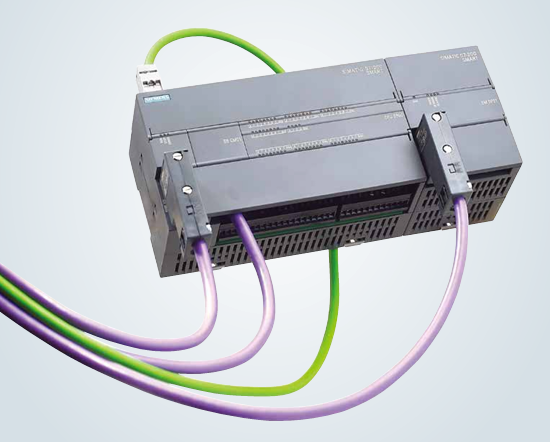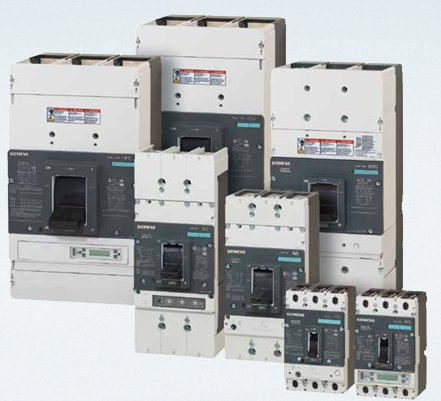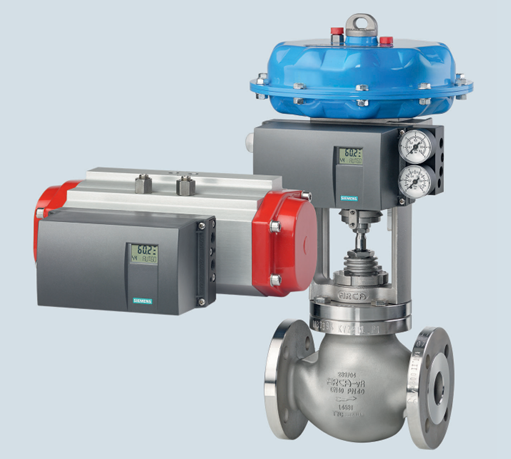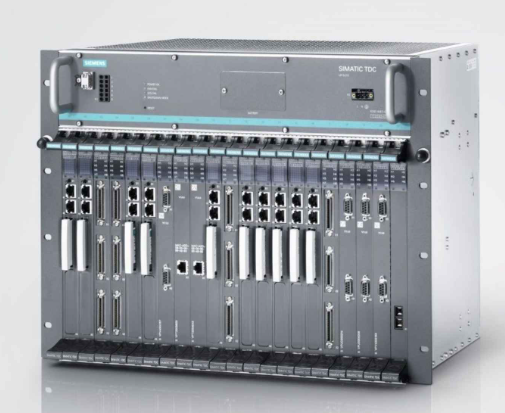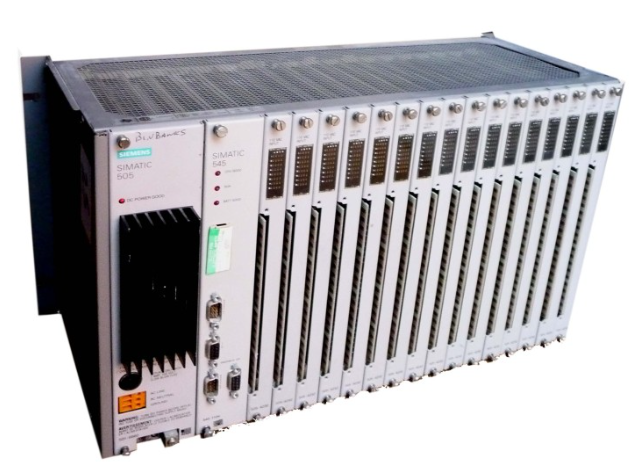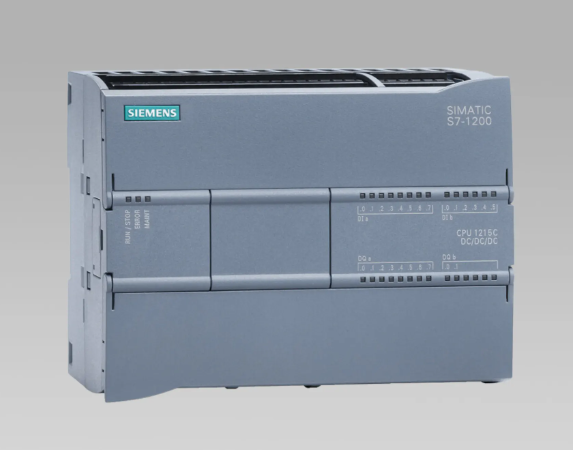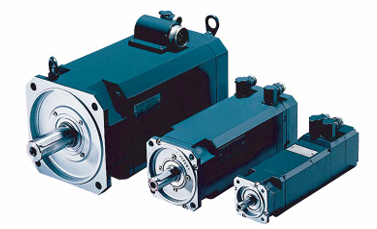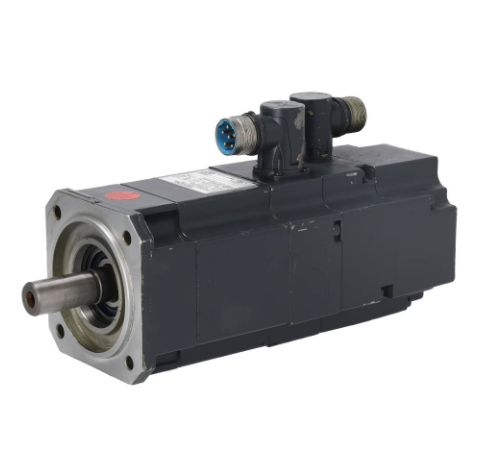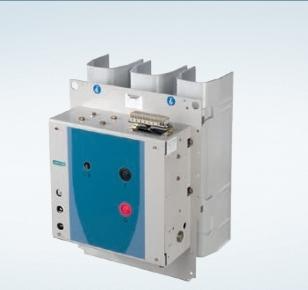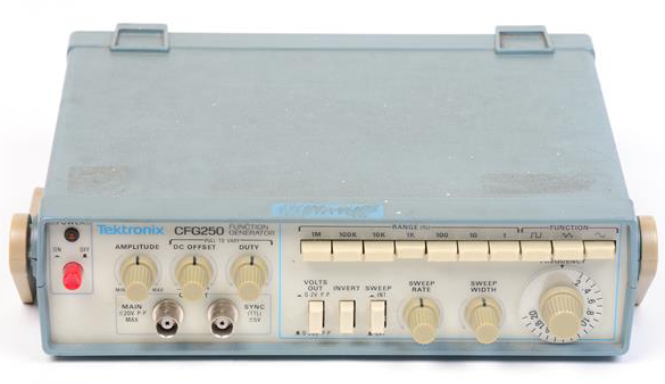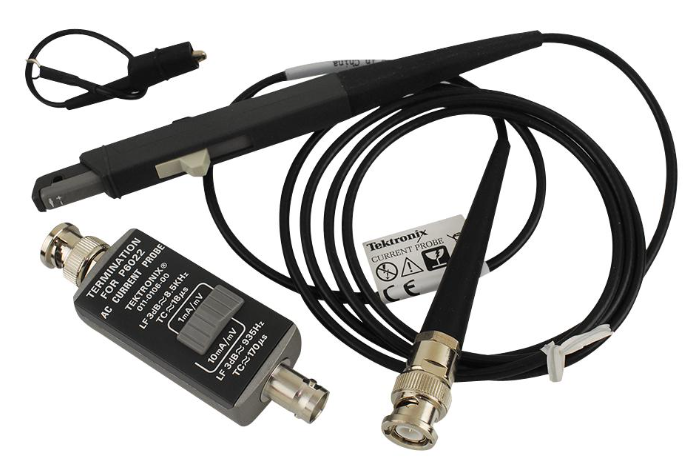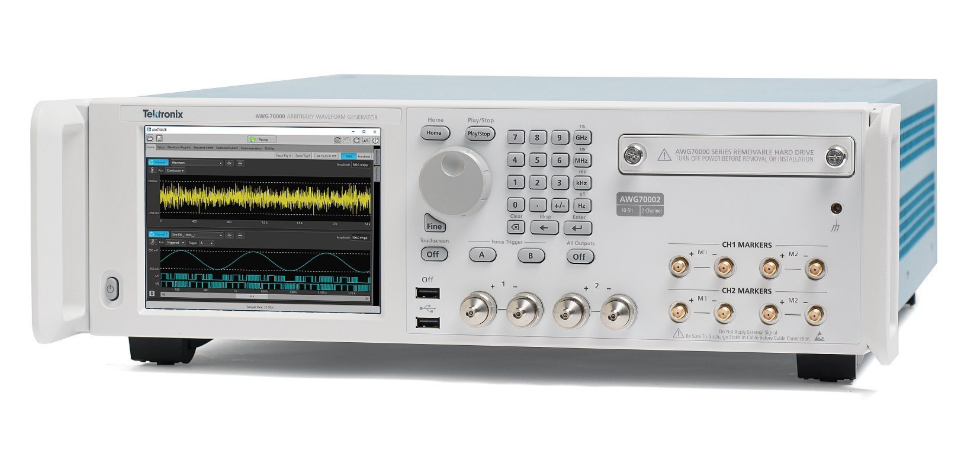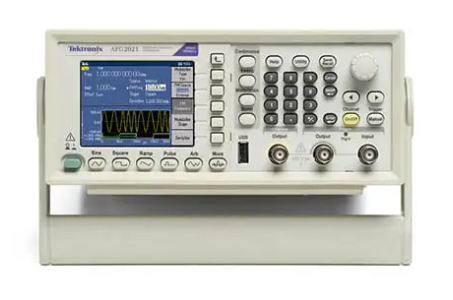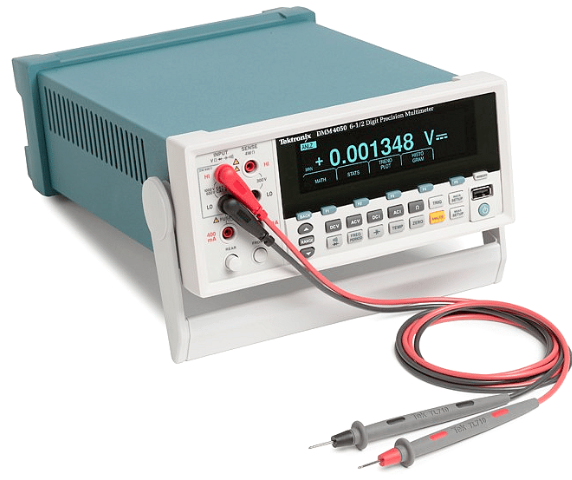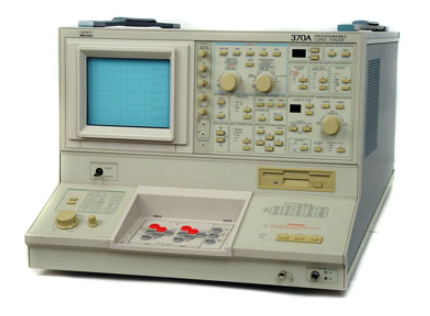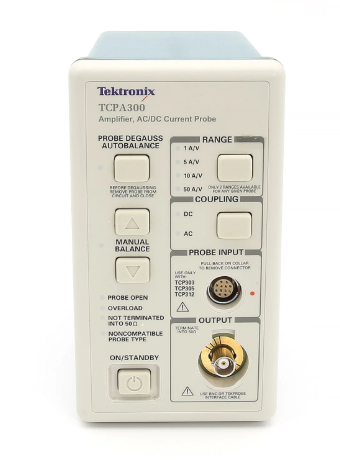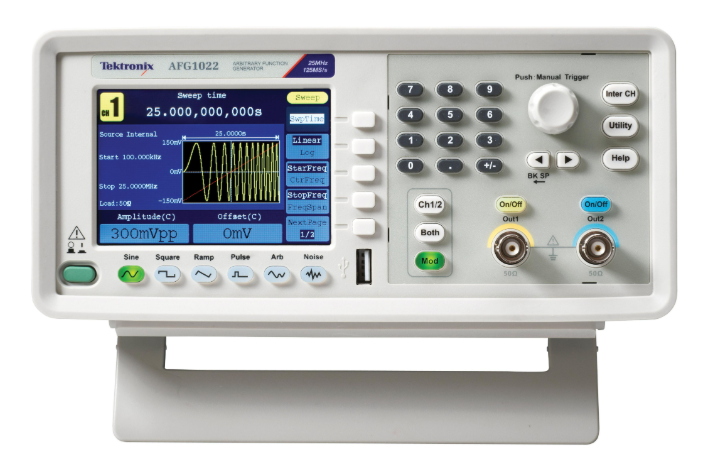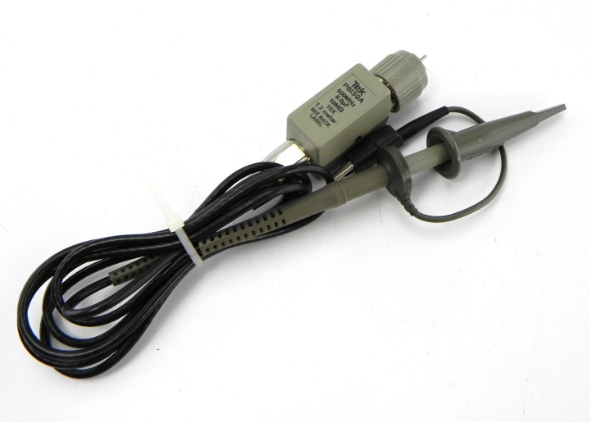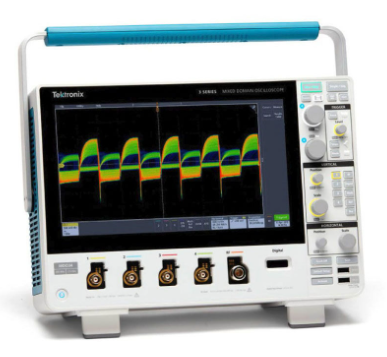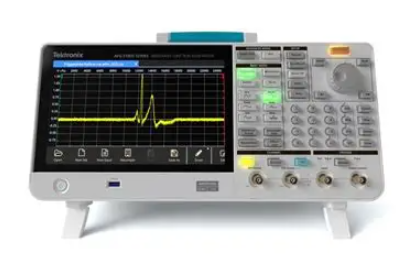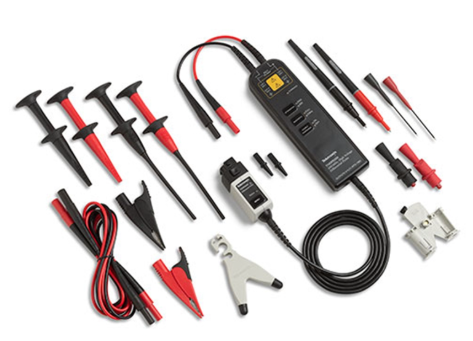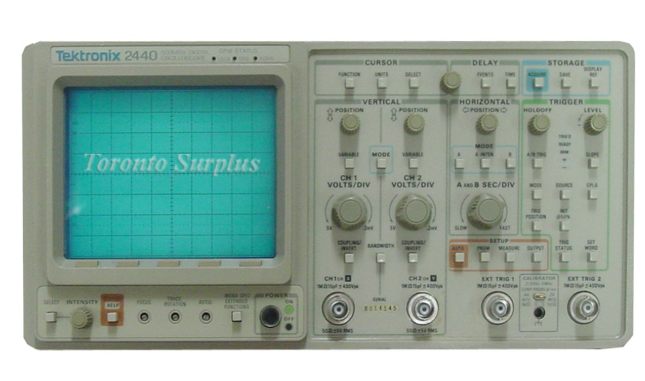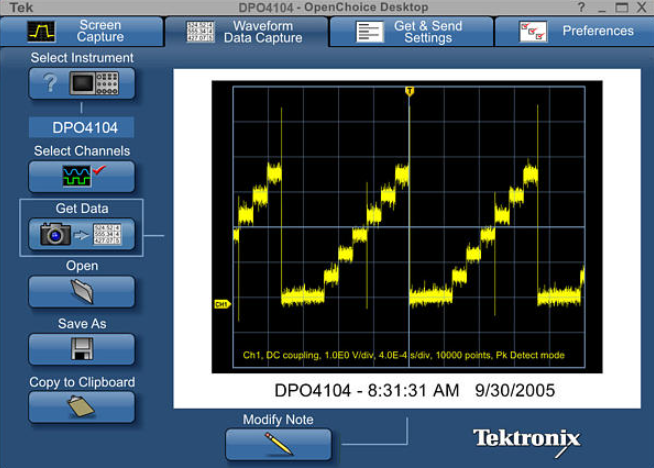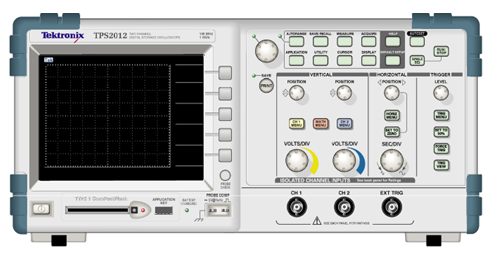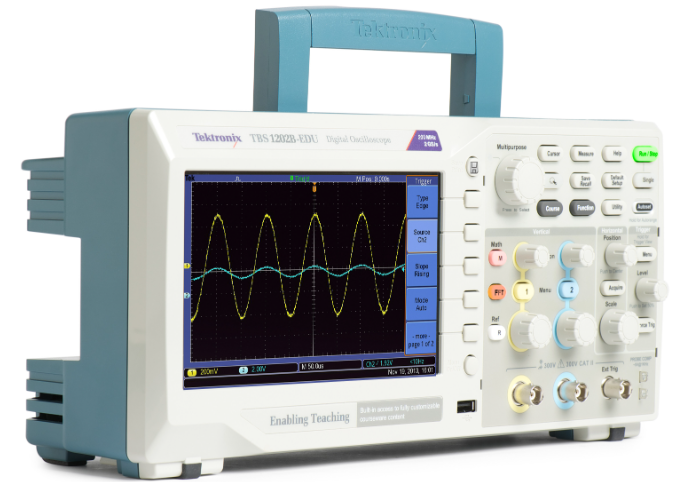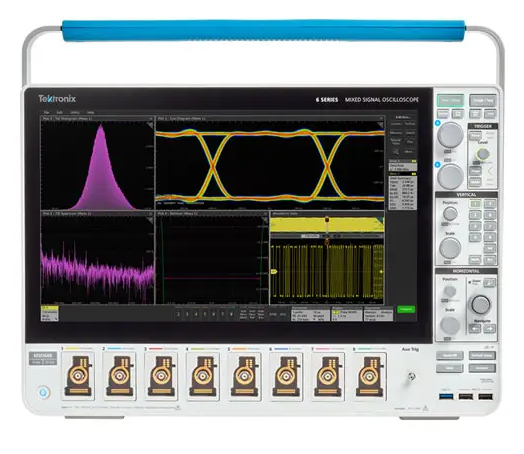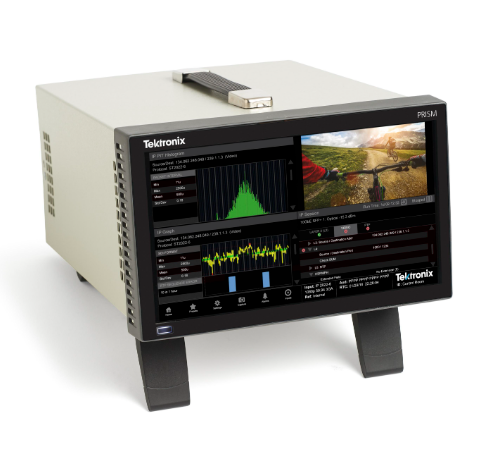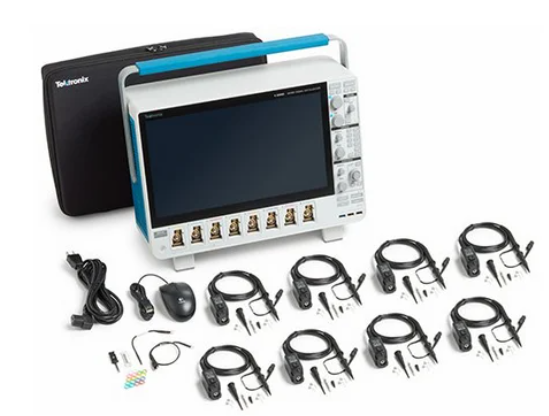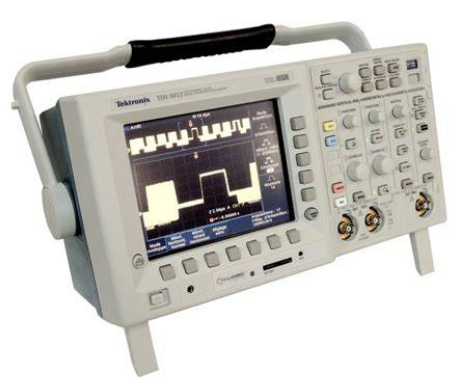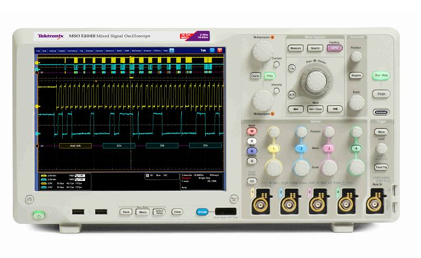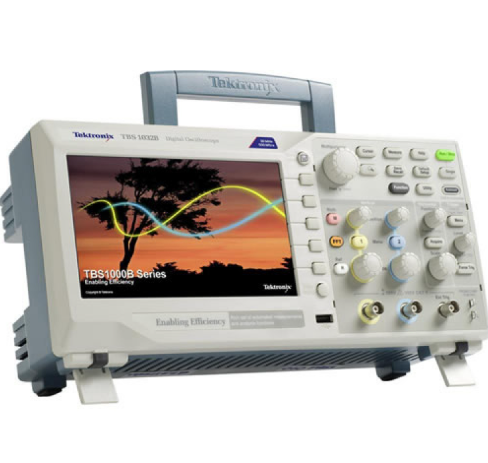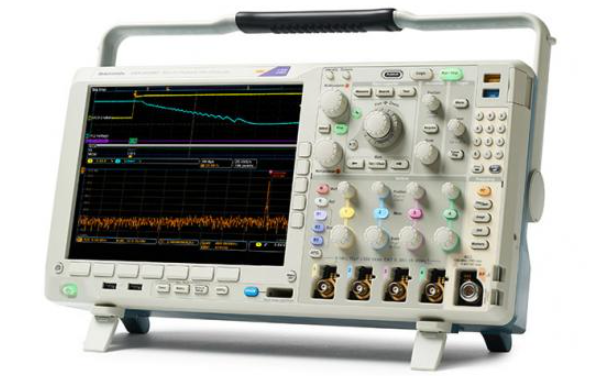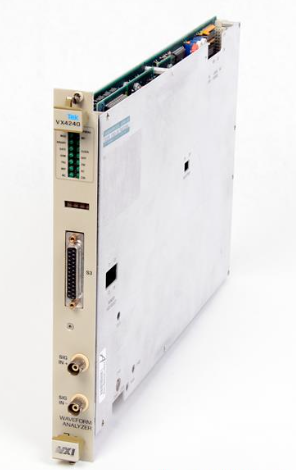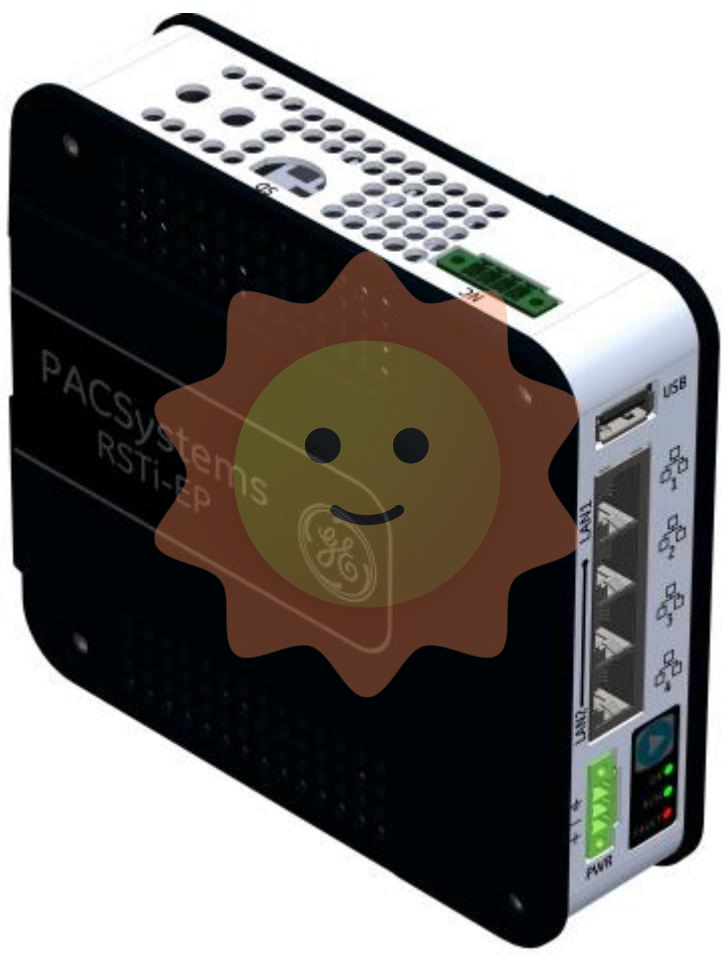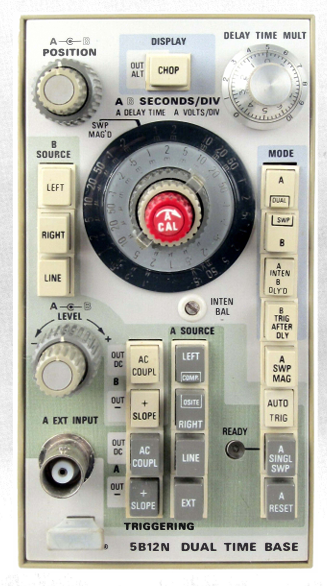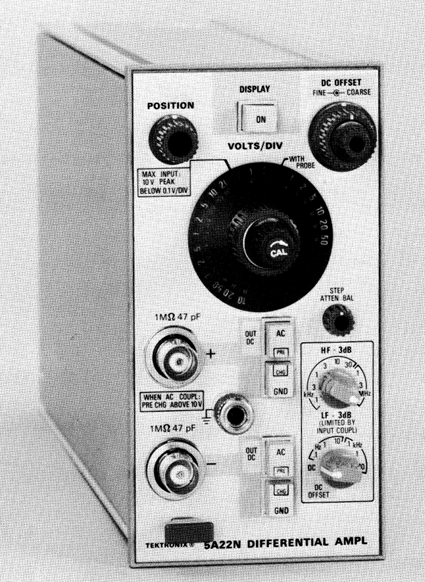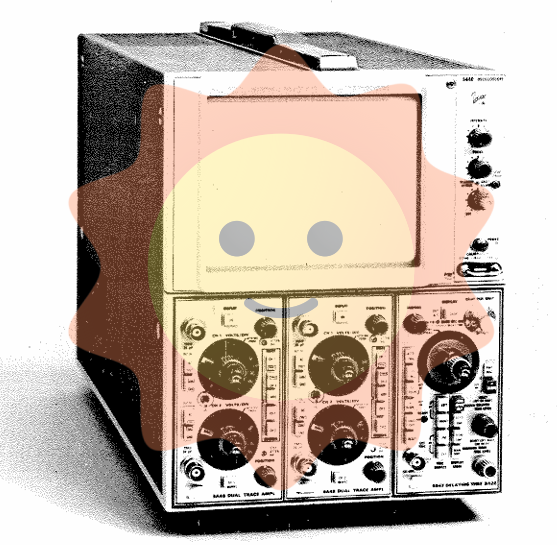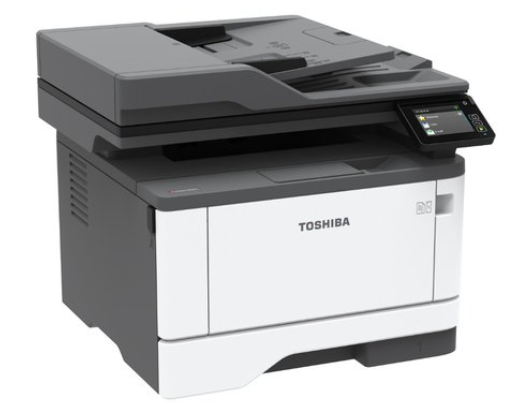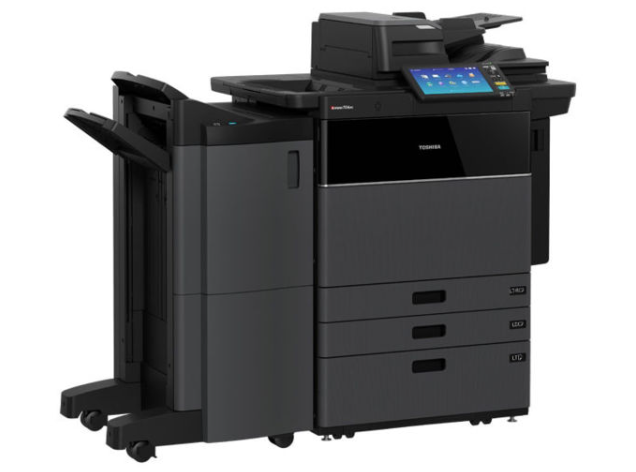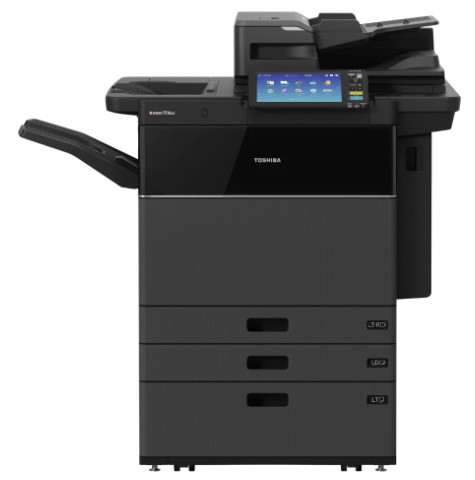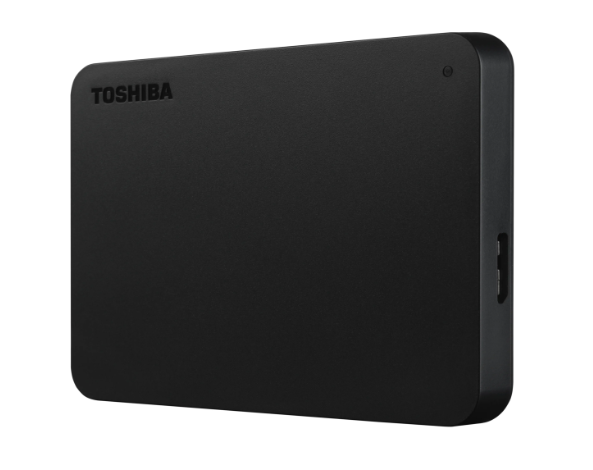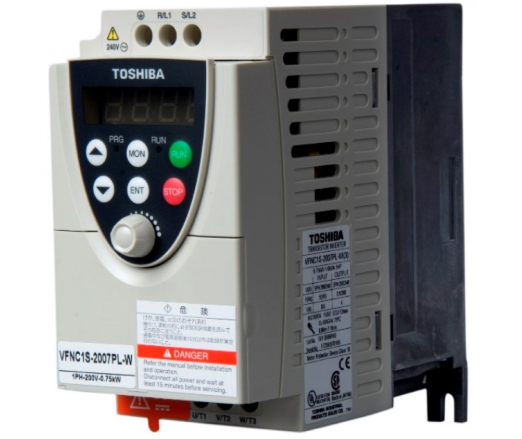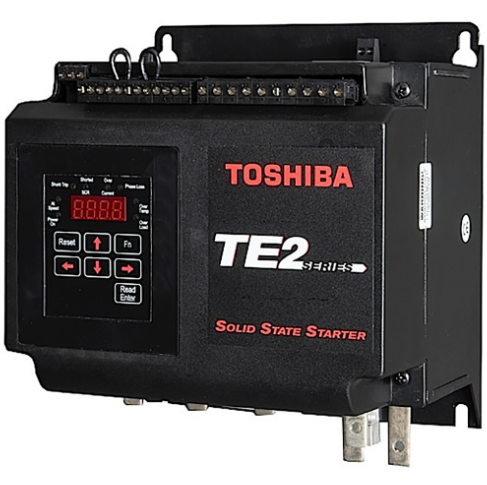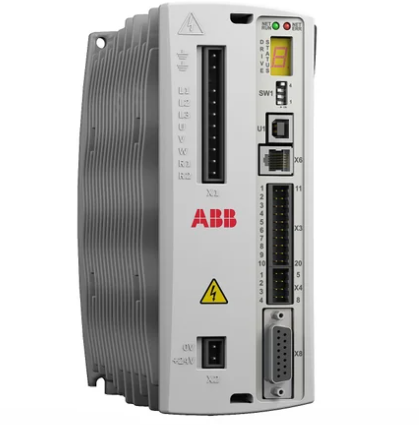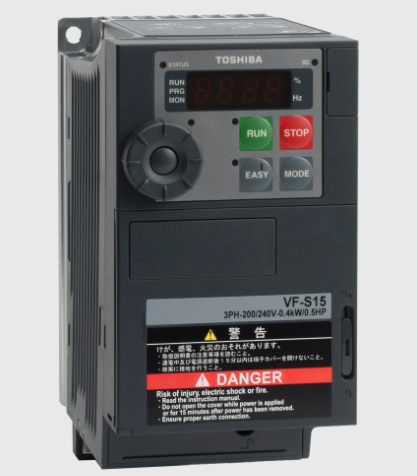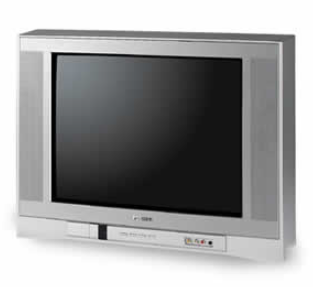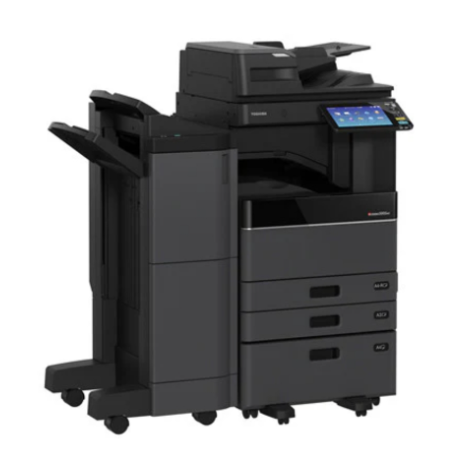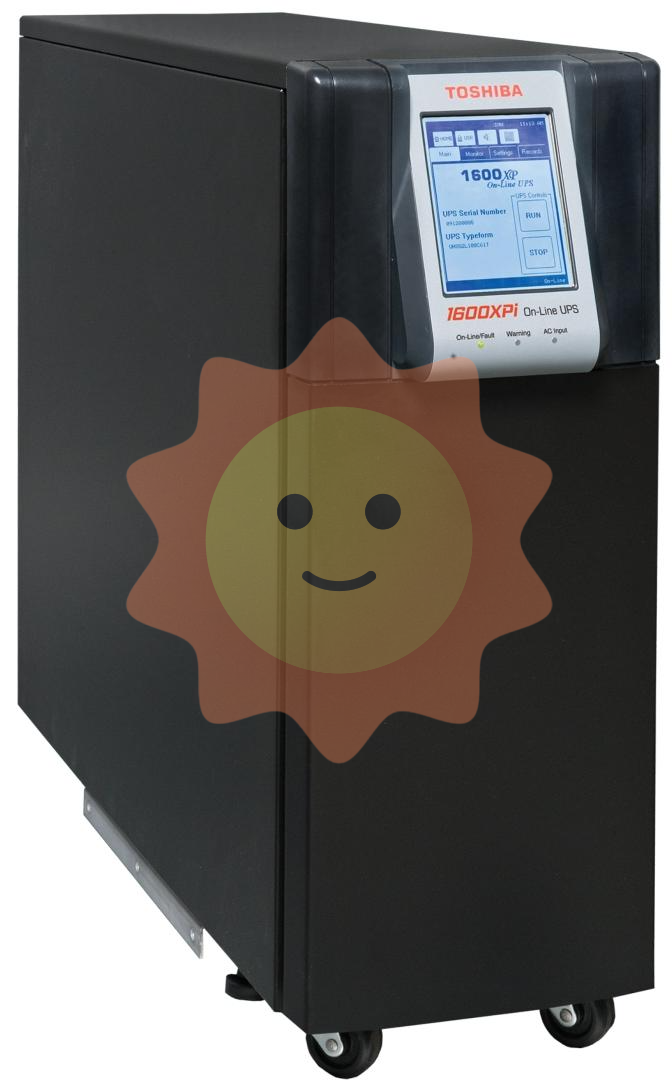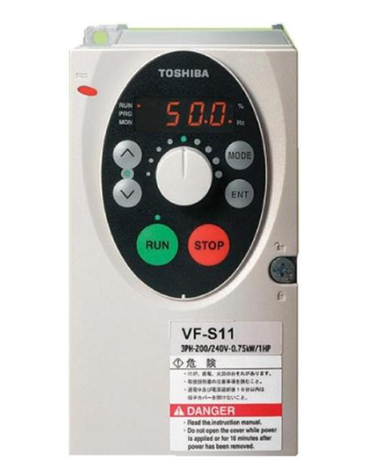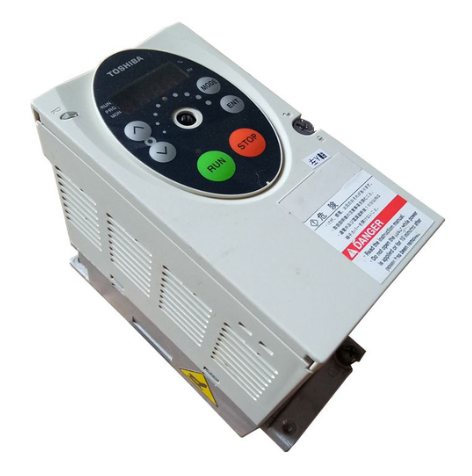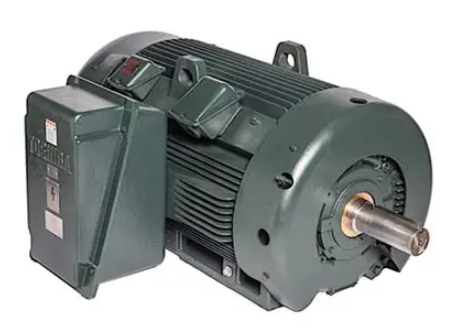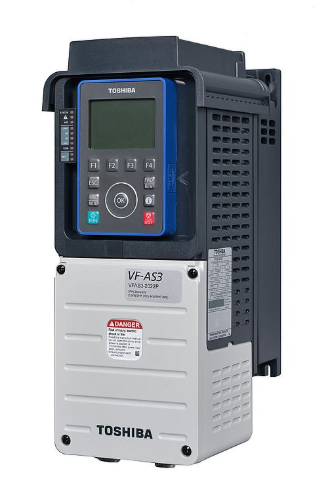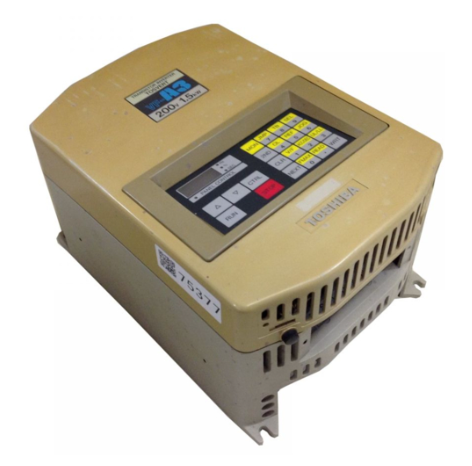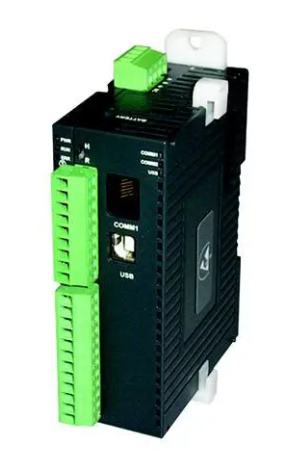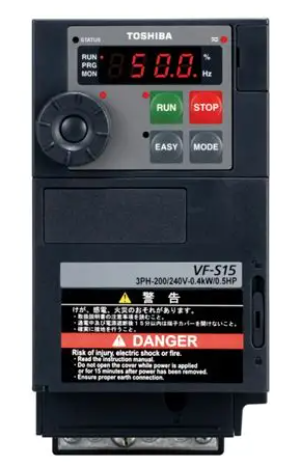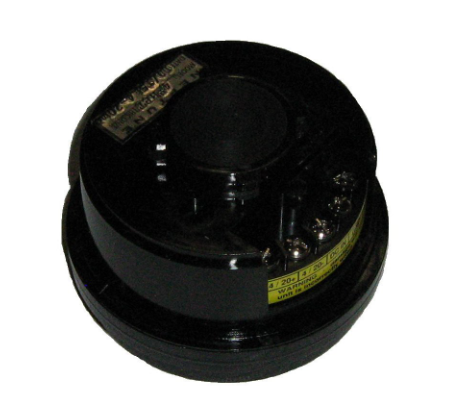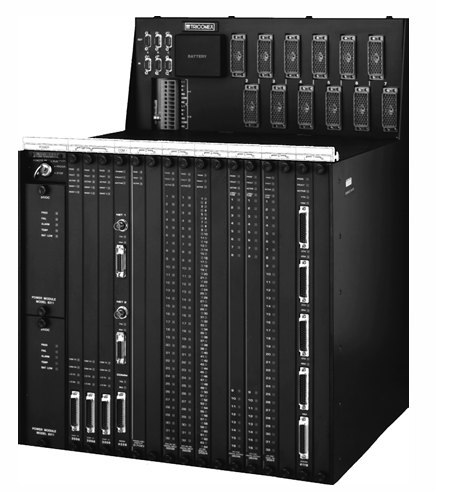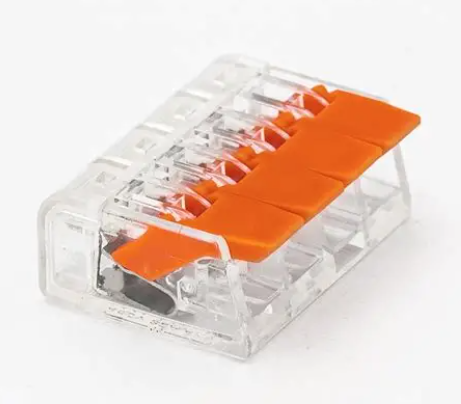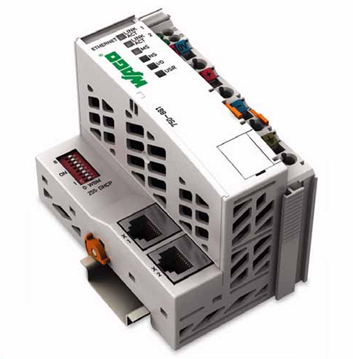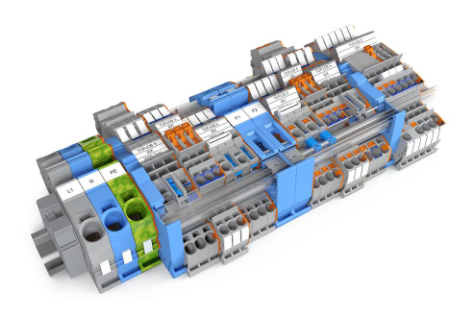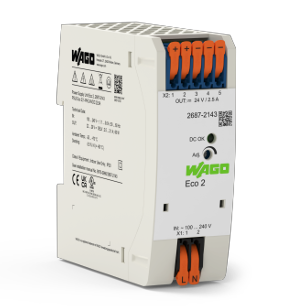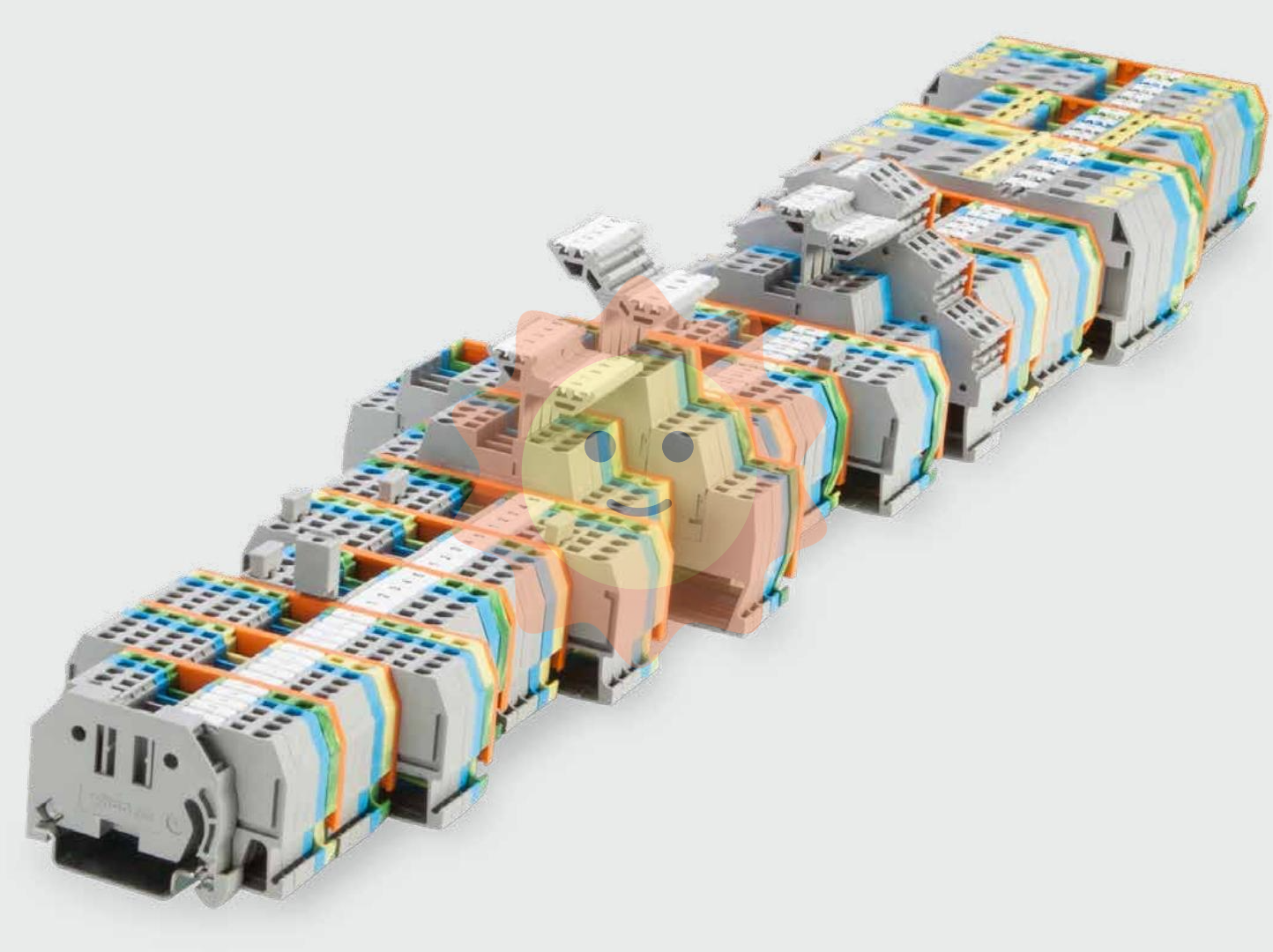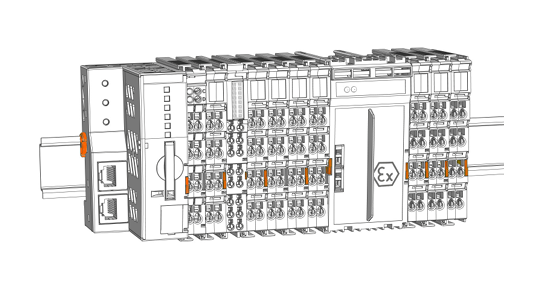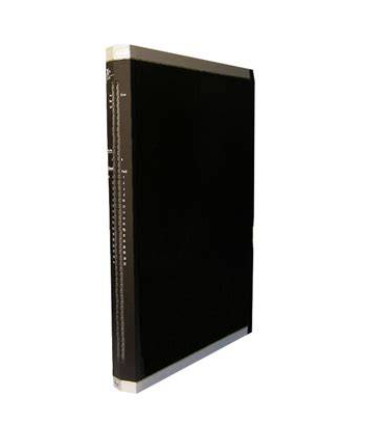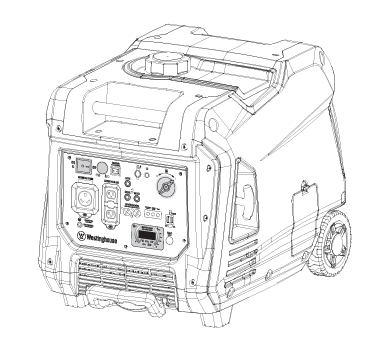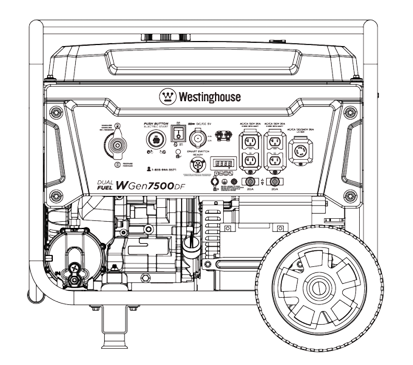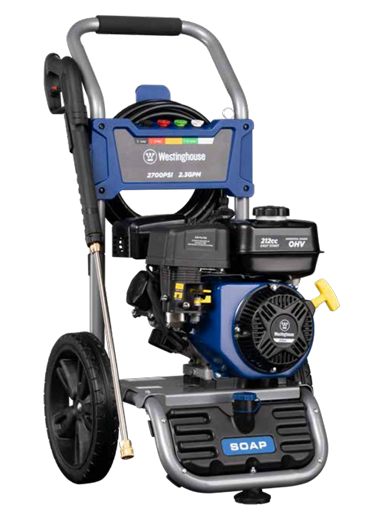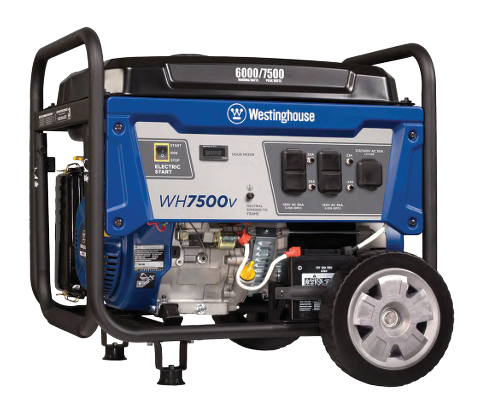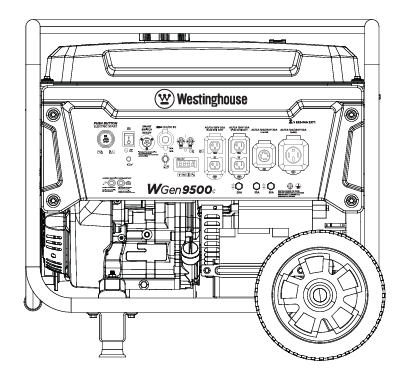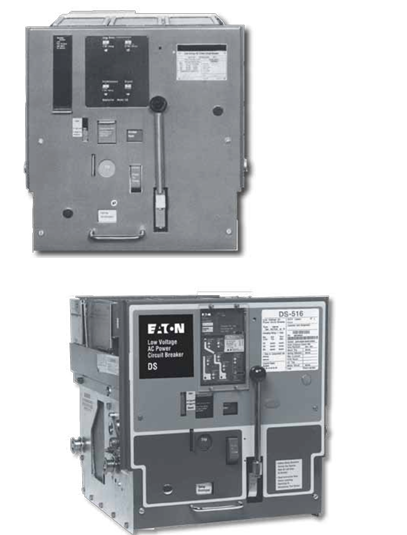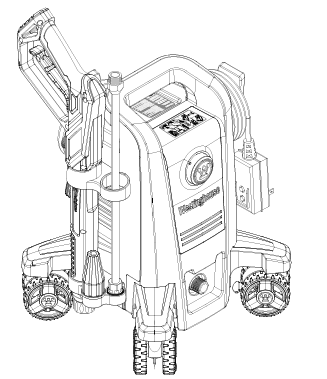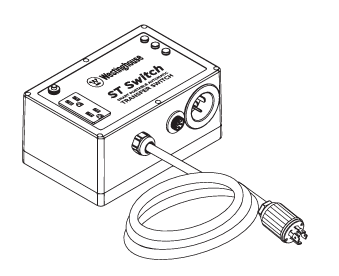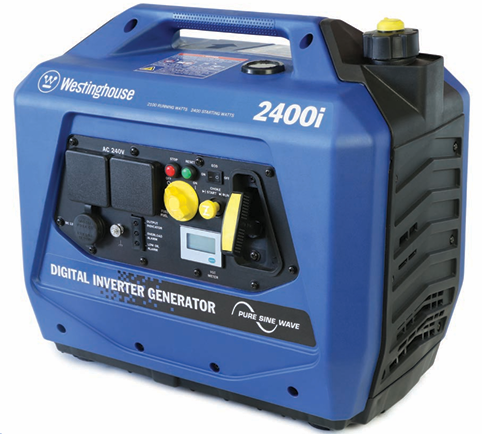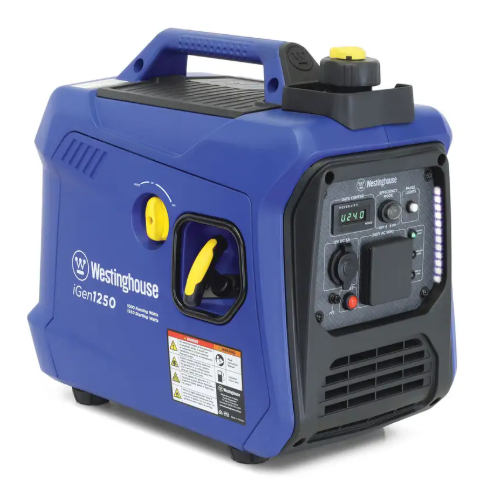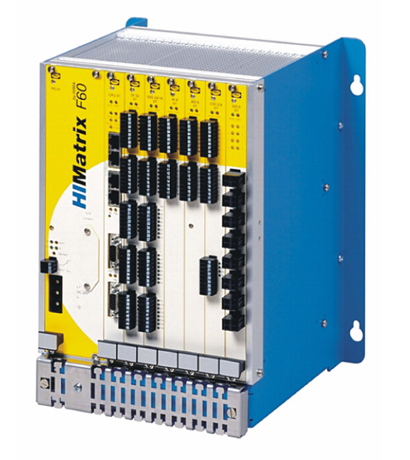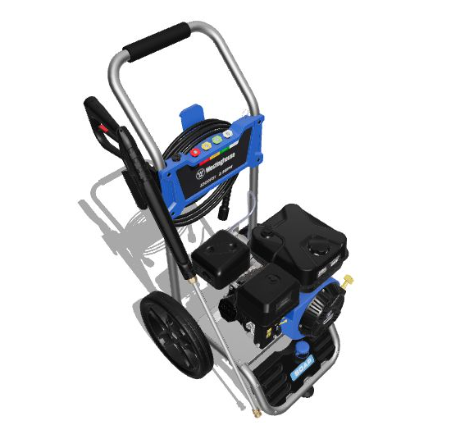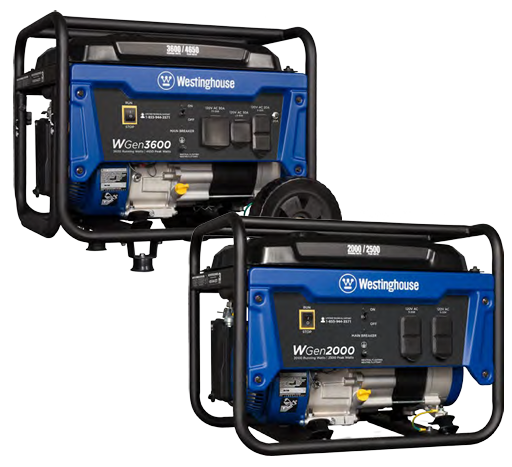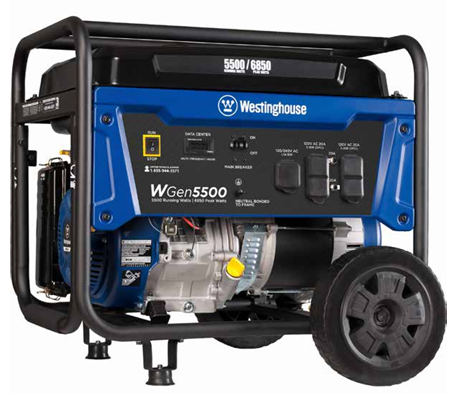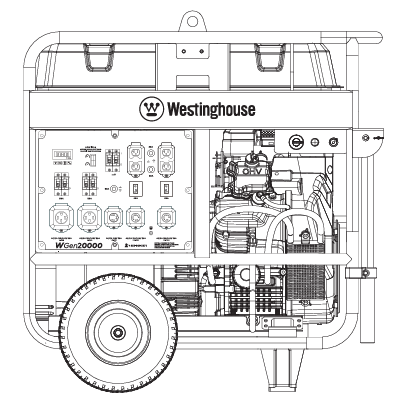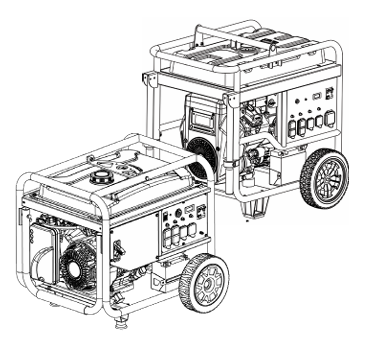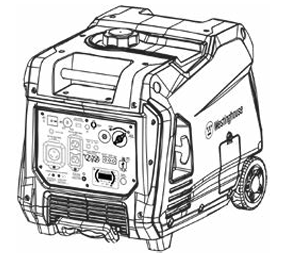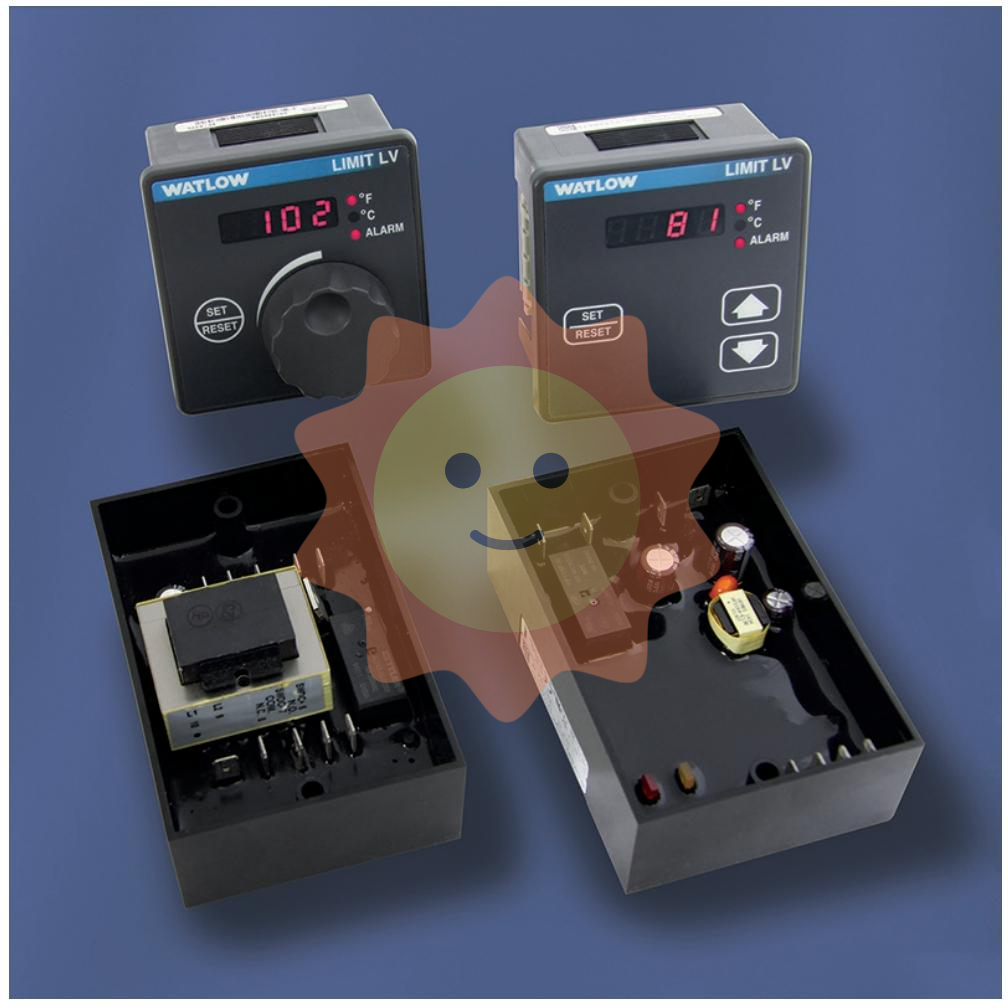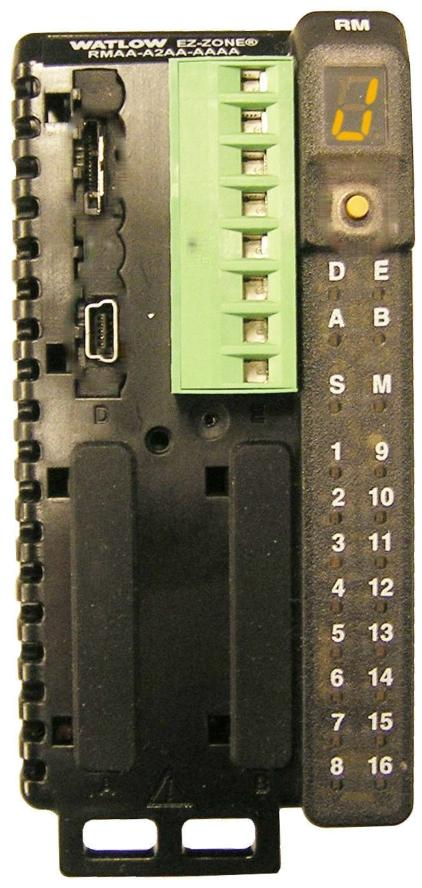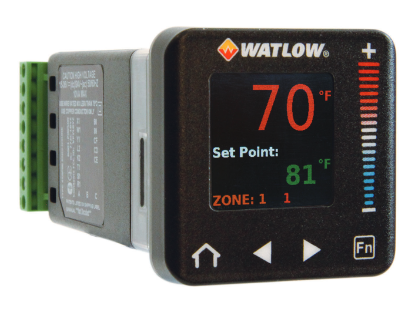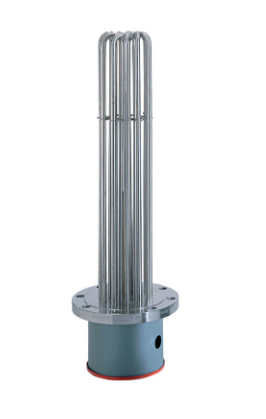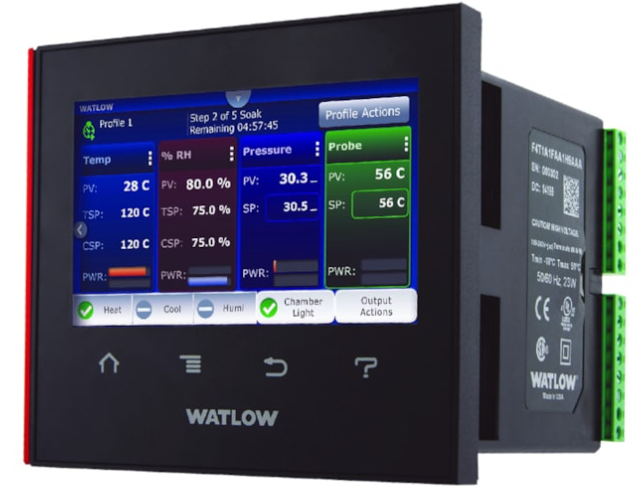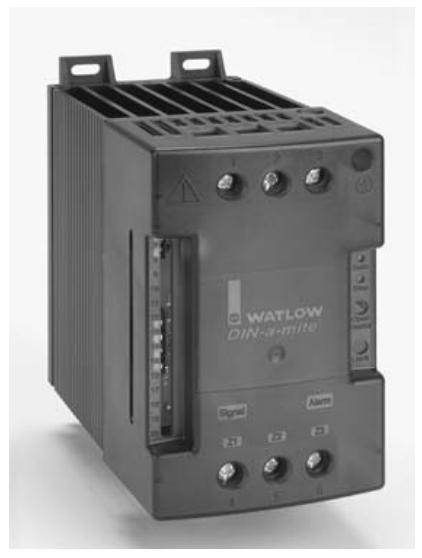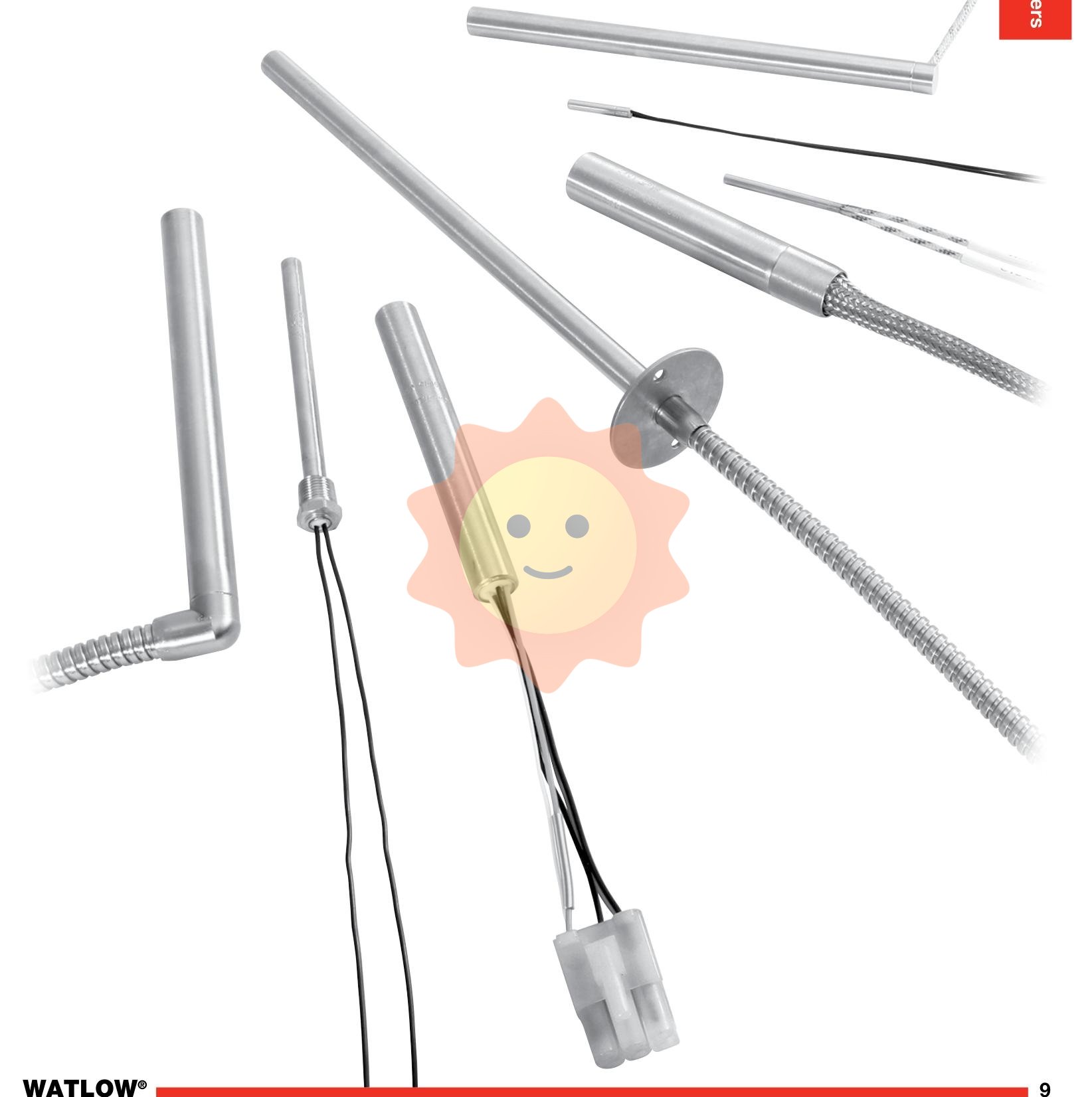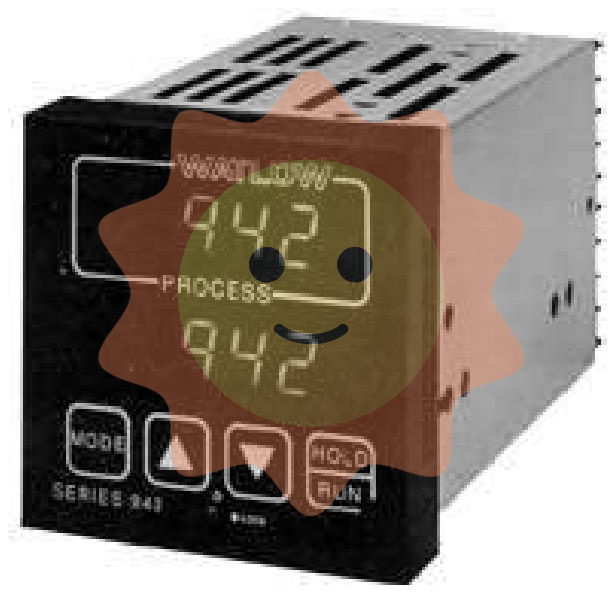ABB P-HA-MCL-110000000 I/O Mounting Column
Basic Information
Model and name: ABB P - HA - MCL - 110000000 I/O Mounting Column, a product of ABB. The ‘P - HA - MCL - 110000000’ is a specific model number for precise identification within the ABB product range. The ‘I/O Mounting Column’ indicates that its primary use is as a mounting column for input/output (I/O) devices.
Family: Belongs to ABB's Industrial Automation mounting family. Within this series, there are other related mounting accessories, such as various mounting brackets, rails, etc., which together form a complete mounting solution for industrial automation equipment.
Appearance and material: usually columnar structure, the shape may be cylindrical or rectangular, easy to install and layout in the control cabinet or industrial site. The material may be metal (e.g. aluminium alloy) or high-strength engineering plastics, which can provide enough strength to support the I/O devices and can adapt to various conditions in the industrial environment.
Functional Features
Ease of installation of I/O devices
Wide compatibility: A wide range of I/O devices can be mounted, including digital I/O modules, analogue I/O modules, and other common industrial automation I/O devices. Its mounting interface is designed in accordance with common standards, for example, there may be standard mounting holes or rail slots, which makes it adaptable to most brands and models of I/O devices, making it convenient for users to choose and install flexibly according to actual needs.
Flexible mounting: It supports a variety of mounting methods, such as vertical mounting on the back or side panels of the control cabinet, which can effectively use the vertical space in the control cabinet to make the layout of the I/O devices more compact; it can also be mounted horizontally on the workbench as a standalone I/O device mounting bracket, which is suitable for some open industrial environments or small test systems; it can also be used to build complex multi-layer or multi-tier I/O equipment by combining multiple mounting columns. It can also be used as a stand-alone I/O device mounting bracket for some open industrial environments or small test systems; it can also be used to build a complex multi-layer or distributed I/O device mounting architecture by combining multiple mounting columns to meet the mounting requirements of a large number of I/O devices in large automation systems.
Stability and Reliability
Stable Mechanical Structure: It has a robust structural design that can withstand a certain weight of I/O devices without being easily deformed or damaged. Its mechanical strength is ensured by reasonable wall thickness, high-quality materials, and possible internal reinforcing structures (e.g., reinforcement bars). During long-term use, even when installing heavy I/O modules or multiple devices stacked on top of each other, it ensures stable support for the I/O devices and prevents loose connections and signal transmission failures due to shaking of the devices.
Strong anti-interference performance: In the industrial environment, it is often affected by electromagnetic interference and mechanical vibration. The mounting column has a certain degree of anti-electromagnetic interference ability, and its material and structure may have electromagnetic shielding function, which can effectively reduce the influence of external electromagnetic fields on the I/O equipment installed on it. At the same time, it also has good anti-vibration performance, may be used in the mounting interface with shock-absorbing materials or special connection structure to reduce mechanical vibration damage to the I/O equipment, to ensure that the equipment in complex industrial environments and stable operation.
Wiring and Connection Convenience
Reasonable wiring design: There are usually internal or external wiring channels or raceways to organise and protect cables between I/O devices and between I/O devices and other system components. These wiring channels allow cables to be neatly arranged, avoiding tangling, crushing, or external physical damage to each other, and facilitating inspection, repair, and replacement of cables by maintenance personnel at a later stage. Moreover, the wiring channels may have a compartmentalised design to separate different types of cables (e.g. power and signal cables), thus reducing electromagnetic interference and improving the quality of signal transmission.
Easy connection to other components: The location and interface layout of the mounting post is carefully designed to facilitate the connection of the I/O device to other key system components (e.g., controllers, power modules, communication modules, etc.). It is generally located in a more suitable position in the control cabinet, allowing for moderate lengths of connecting cables, reducing signal attenuation and wiring costs. At the same time, the direction and arrangement of its interfaces are in line with industrial standards and operating habits, which is convenient for engineers to quickly and accurately complete the connection work when carrying out system wiring and debugging.
Technical Parameters
Mechanical parameters
Size: Size will vary according to specific application scenarios and design requirements. The height may range from a few tens of centimetres to several metres, for example, the height range may be 0.3m - 2m to suit different installation spaces and number of devices. The outer diameter or cross-section of the column is typically between a few centimetres and a dozen centimetres, e.g., the outer diameter may range from 3cm - 10cm, which ensures sufficient strength to carry I/O devices without taking up too much space.
Material characteristics: If it is made of metal (e.g. aluminium alloy), its density is around 2.7 - 2.8g/cm³, and its tensile strength may be between 150 - 250MPa, which can provide good mechanical strength and stability. If it is made of engineering plastics, the density is generally around 1.2 - 1.4g/cm³, with good insulating properties and corrosion resistance, and its bending strength may be between 60 - 100MPa, which can also meet the general installation requirements.
Load-bearing capacity: capable of carrying a certain weight of I/O devices, the range of load-bearing capacity may vary from a few kilograms to tens of kilograms. The specific carrying capacity depends on the size, material, structure and installation method of the mounting column. For example, a common size mounting post may be able to carry I/O devices with a total weight of 5 - 15kg when mounted vertically, which can meet the mounting requirements of I/O devices in most small and medium-sized automation systems.

- User name Member Level Quantity Specification Purchase Date
- Satisfaction :
-









Email:wang@kongjiangauto.com

